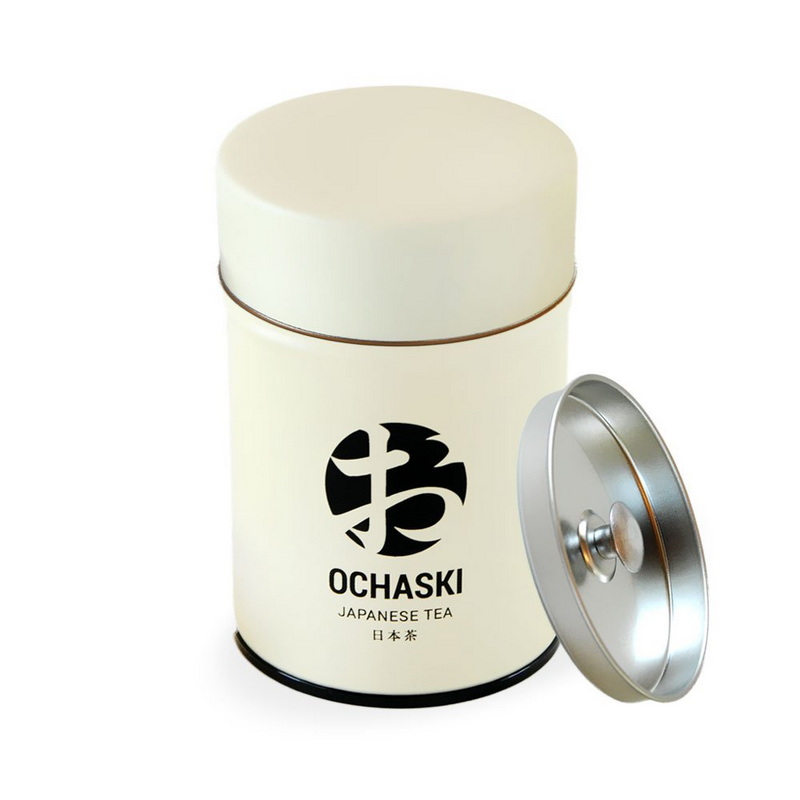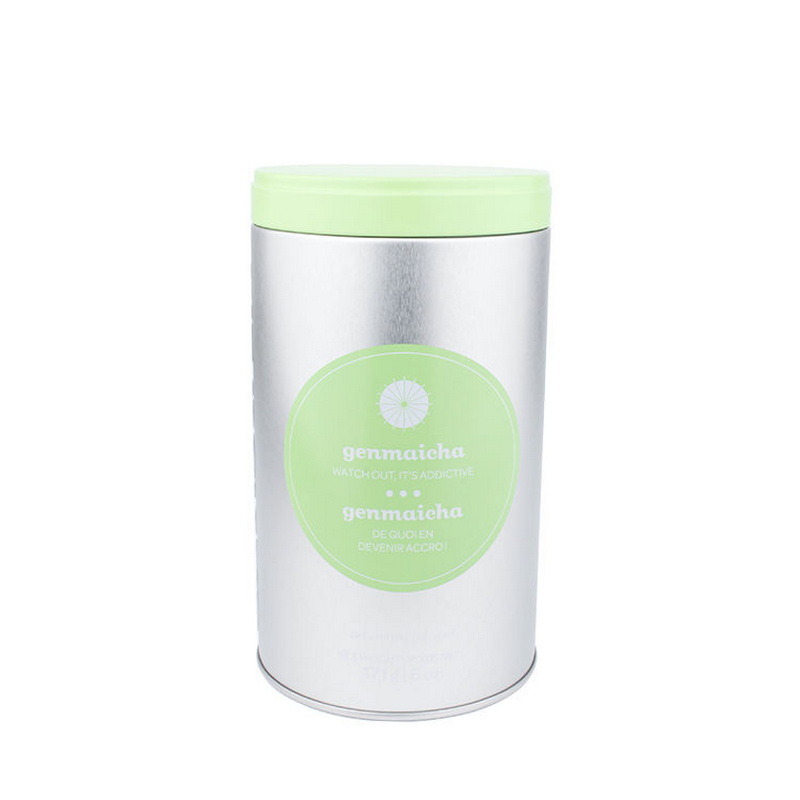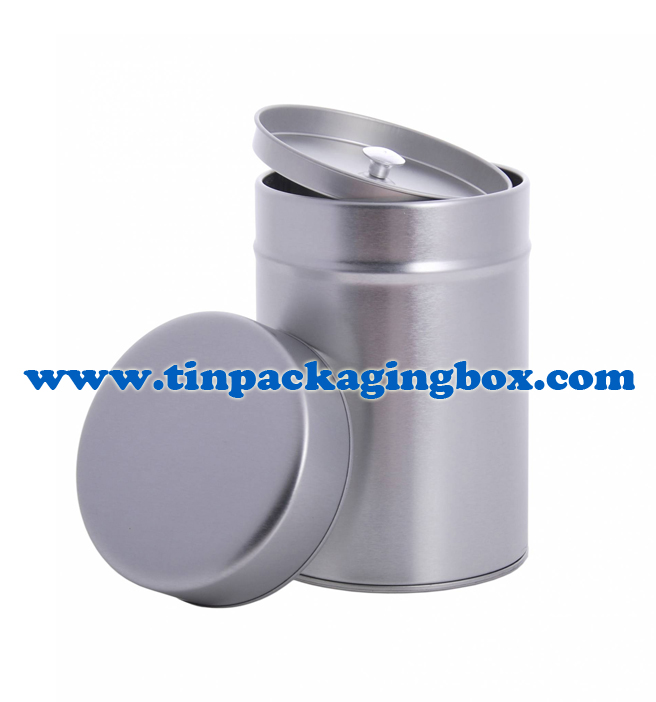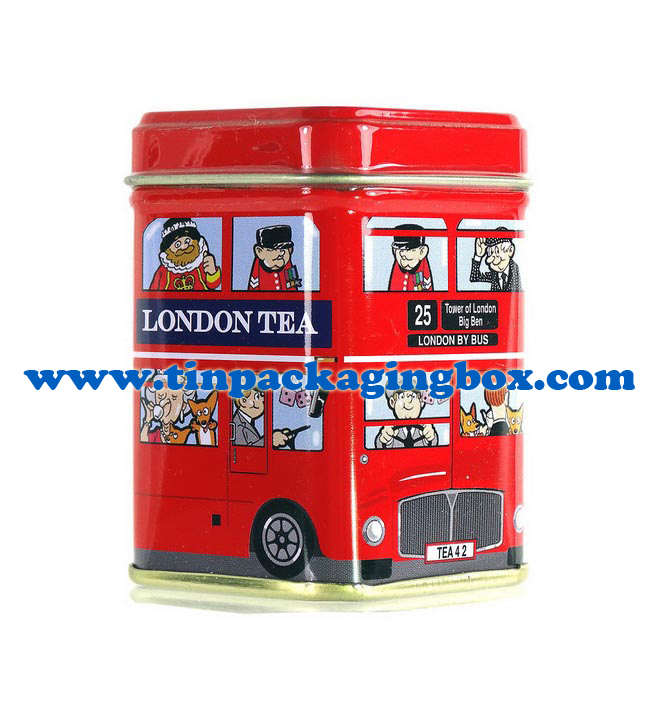Designing a tea tin box is both an art and a science. A well-designed tin box not only preserves the freshness of tea but also enhances its visual appeal, making it an attractive item for consumers. Huaiyang Metal Manufacture is a leading metal tin box manufacturer, specializes in creating a variety of tin containers, including chocolate tin boxes, cookie tin boxes, candy tin boxes, cake tin boxes, coffee tin containers, spice tins, gift packaging tins, and household goods. This article provides a comprehensive guide on designing a tea tin box, emphasizing the key factors to consider and the process involved.

Part I - Understanding the Basics
Purpose and Functionality
The primary purpose of a tea tin box is to store tea leaves or tea bags, preserving their freshness, aroma, and flavor. To achieve this, the design must consider:
Airtight Seal: Ensuring the box has an airtight seal to protect against moisture and air exposure.
Durability: Using high-quality materials to withstand handling and transportation without damage.
Ease of Use: Designing a box that is easy to open and close while maintaining a secure seal.
Material Selection
Choosing the right material is crucial for the durability and functionality of the tea tin box. Huaiyang Metal Manufacture typically uses tinplate for its superior qualities:
Tinplate: A thin steel sheet coated with tin, offering excellent corrosion resistance and a smooth surface for printing. Tinplate thickness usually ranges from 0.18 mm to 0.35 mm, providing a balance between durability and cost.

Part II - Design Process
1. Conceptualization and Sketching
The design process begins with conceptualization and sketching:
Target Audience: Identifying the target audience (e.g., premium tea drinkers, gift buyers) helps determine the design aesthetics.
Initial Sketches: Creating rough sketches of the box shape, lid style, and decorative elements. Common shapes include cylindrical, rectangular, and square boxes, with capacities ranging from 50 grams to 250 grams.
2. Detailed Design and Specifications
Once the concept is finalized, the detailed design phase begins:
Dimensions: Specifying the exact dimensions of the tin box. For example, a standard rectangular tea tin might measure 90 mm x 60 mm x 120 mm.
Lid Style: Choosing the lid style, such as slip lid, hinge lid, or screw-top lid, based on ease of use and sealing efficiency.
Internal Structure: Considering the inclusion of internal compartments or inserts to separate different types of tea.
3. Graphic Design and Printing
The visual appeal of the tea tin box is enhanced through graphic design and printing:
Branding: Incorporating the brand logo, colors, and other branding elements to create a cohesive look.
Printing Techniques: Choosing the appropriate printing technique, such as offset printing, to achieve high-quality images and text. UV coating or varnishing can be added for a glossy finish.
Labeling: Ensuring clear and attractive labeling, including product name, description, and other necessary information. The font size should be legible, typically ranging from 10 to 12 points for main text.
4. Prototyping and Testing
Before mass production, a prototype of the tea tin box is created:
Prototype Creation: Using the detailed design and specifications to produce a prototype. This allows for testing the functionality and appearance of the box.
Testing: Conducting tests to ensure the box meets all requirements. This includes checking the airtight seal, durability under stress, and ease of use.
5. Production and Quality Control
Once the prototype is approved, the production phase begins:
Mass Production: Manufacturing the tea tin boxes in large quantities. Huaiyang Metal Manufacture's production lines can handle volumes ranging from 100,000 to 1000,000 units per month.
Quality Control: Implementing strict quality control measures to ensure each box meets the required standards. This includes inspecting the printing quality, structural integrity, and airtight seal.

Part III - Additional Considerations
● Sustainability
Sustainability is an important consideration in modern packaging design:
Recyclable Materials: Using recyclable tinplate to minimize environmental impact.
Eco-friendly Printing: Opting for eco-friendly inks and coatings to reduce harmful emissions.
● Versatility
Designing a versatile tea tin box can expand its uses beyond tea storage:
Multi-purpose Use: Creating a design that can be repurposed for other uses, such as storing spices, cookies, or household goods.
Gift Packaging: Enhancing the design to make it suitable for gift packaging, such as adding decorative elements or special finishes.
● Customization
Offering customization options can attract a broader range of customers:
Personalized Designs: Allowing customers to choose custom graphics, colors, and text for special occasions or corporate gifts.
Limited Editions: Creating limited edition designs to cater to collectors and enthusiasts.

Conclusion
Designing a tea tin box involves careful consideration of functionality, aesthetics, and sustainability. Huaiyang Metal Manufacture excels in creating high-quality tin containers for various products. By following a detailed design process and incorporating numerical parameters, such as dimensions and production volumes, you can create an effective and attractive tea tin box that meets consumer needs and stands out in the market.
